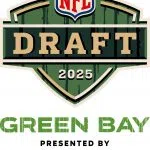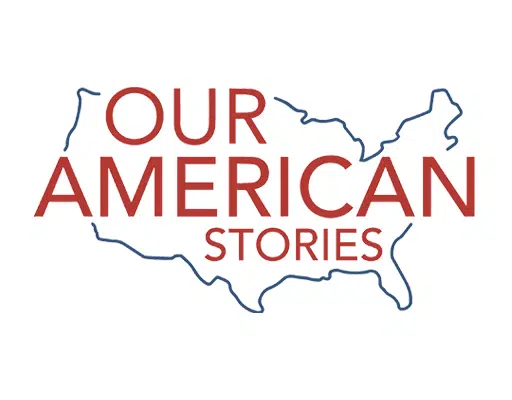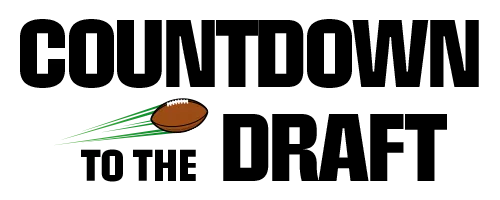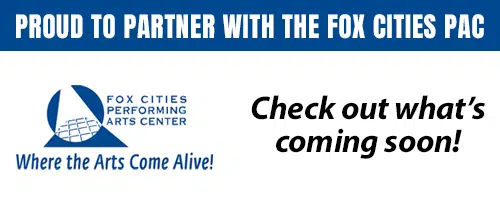I hope everyone enjoyed the exciting runs that a number of our local basketball teams made this winter toward state basketball championships–because the landscape of high school sports is about to change. I’ve heard from a number of people involved in high school athletics as both directors and superintendents that this will be the year that the Wisconsin Interscholastic Athletic Association (WIAA) will acquiesce to the rising tide and approve name, image, and likeness deals for high school athletes.
For those who might not follow “amateur” athletics that closely, NIL has turned college sports upside down in the three years that it has been allowed by the NCAA. Star athletes in a number of sports are raking in millions of dollars for endorsement deals, social media content generation, and athletic wear contracts. Those who pushed for decades for college athletes to be paid have cheered that, claiming that athletes are “finally getting something for the value they bring to the school”. Those folks always conveniently forget that players were getting a free education, room and board, food, training facilities, travel, apparel, tutoring, and medical care.
But this new financial reward has brought with it absolute chaos when it comes to keeping continuity in college sports programs. Whereas former student-athletes would base their decision on where to enroll and play on things like the quality of a school’s education, a programs reputation for success and producing pro athletes, or personal connections to the coaching staff, today’s recruitment boils down to just one thing: “Where am I going to get paid the most?”
It should be noted that the pay is not coming directly from the university itself. Instead, the athletic departments have created what are called “collectives” where boosters and businesses work with the school to find “endorsements” for the athletes–who then sign deals with those outside entities. That leaves the school with no actual control over those contracts, so if kids don’t get paid what they thought they were going to get, coaches can do nothing but shrug and give them the old Sgt Schultz from Hogan’s Heroes “I know nothing!!” Last year, the starting quarterback at the University of Nevada Las Vegas Matthew Sluka left the team after three games because he claimed he wasn’t getting paid.
And because those NIL deals are not tied to the school, agents can openly solicit new deals from anywhere–including collectives working with other schools. As a number of coaches have pointed out the past couple of years, their kids are literally being recruited during the season that they are playing to come to a different school for bigger contracts. Players have become free agents not just every year, but every day. There will be college basketball and football players next year that will be playing for their fourth teams in four years.
Fortunately, the WIAA has residency requirements that would not allow high school students to switch teams that often. Unless your family has actually moved to a new district, or you can prove that a family situation requires you to live with someone who is not a legal guardian, athletes would have to sit out a season after transferring. But that is assuming that top athletes (and earners) will continue to care about playing for their high school teams.
A star player at a small school–say Hilbert as an example–is not going to find much financial reward in NIL regardless of how many points or passing yards he or she puts up. And if you are saddled with teammates not good enough to make deep playoff runs, your overall exposure (and therefore, value) will be limited to “sponsors”. But that is not the case in the world of summer league ball.
Out of season tournaments put on by the Amateur Athletic Union and various other organizations are the new focus of recruiting and competition. Veritable all-star teams compete against each other nearly every weekend starting as soon as the high school season wraps up and continue until the next season begins. All games are streamed on-line, are promoted with professional-quality hype videos, and are posted for posterity on websites for both the organizers and the teams themselves.
So that begs the question, if there is no money in playing for Hometown High School, and there is plenty of cash to be made spending the rest of the year playing for Extreme Elite Wisconsin, which is going to become your priority? And if lighting up tiny Country High School on a Tuesday night in the middle of January doesn’t bring the college recruiters to the gym, but playing in the Cream City Shootout for a weekend in July has recruiters from the top twenty colleges in the country, where would you put your efforts? There is already a trend of some of the top football and basketball recruits in states where kids are not allowed to collect NIL in high school skipping their senior seasons and doing early enrollment at the college that recruited them so they can start collecting their NIL money.
For decades now, parents have fallen into the trap of signing up their average-talent kids for “elite” or “select” travel teams whose organizers promise to make players highly-sought-after college recruits (and usually fail)–instead of playing with their school teammates. Now imagine how enticing a pitch it would be for those programs to promise to help your kid land a “lucrative” NIL deal. And all you have to do is fork over the thousands of dollars in “registration fees”, “tournament entry fees”, “jersey fees”, “warmups fees”, “gym time fees”, “field rental fees”, “equipment bag fees”, “team hotel fees”, “admission fees”, “recruitment video editing fees”, and the gas consumed to drive all over the Midwest 26 weekends a year for an endless series of “elite tournaments” and “state championships”.
And the one question that no one promoting name, image, and likeness for high school students have answered for me yet is this: “Who cares what a 14-year old wears for sweatpants or drinks with his or her lunch?” But apparently, that is important enough to threaten the fabric of high school sports and community pride created by hometown kids playing for their school.











